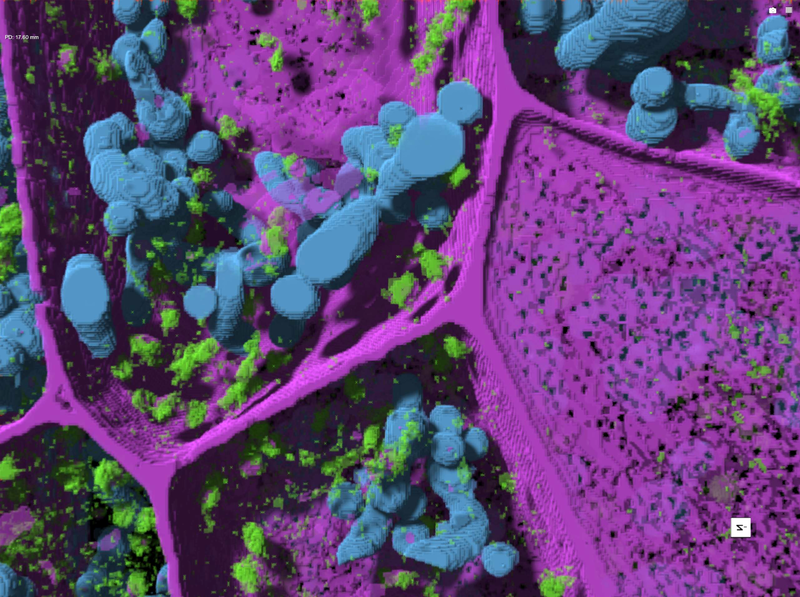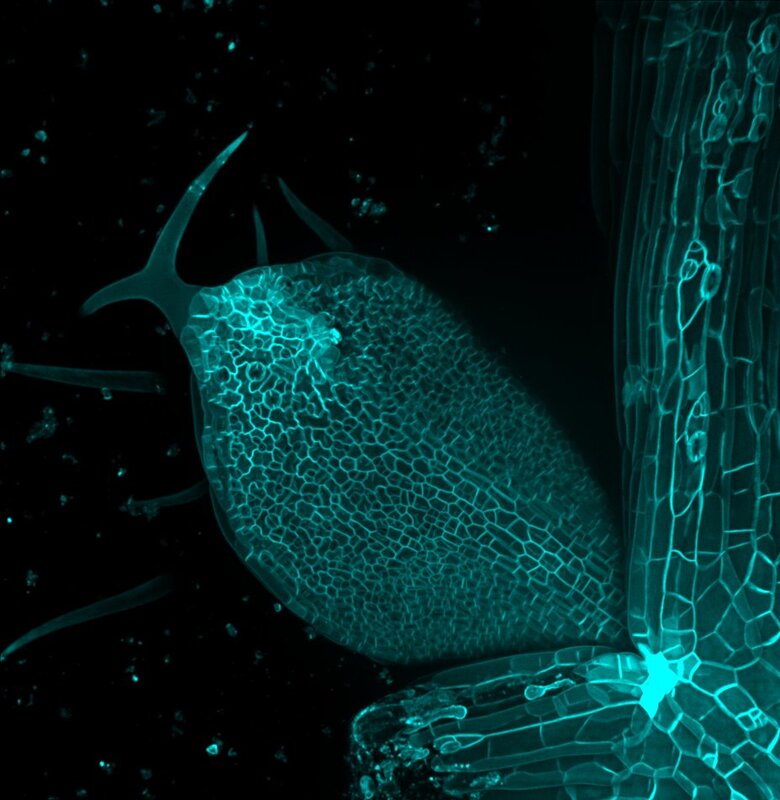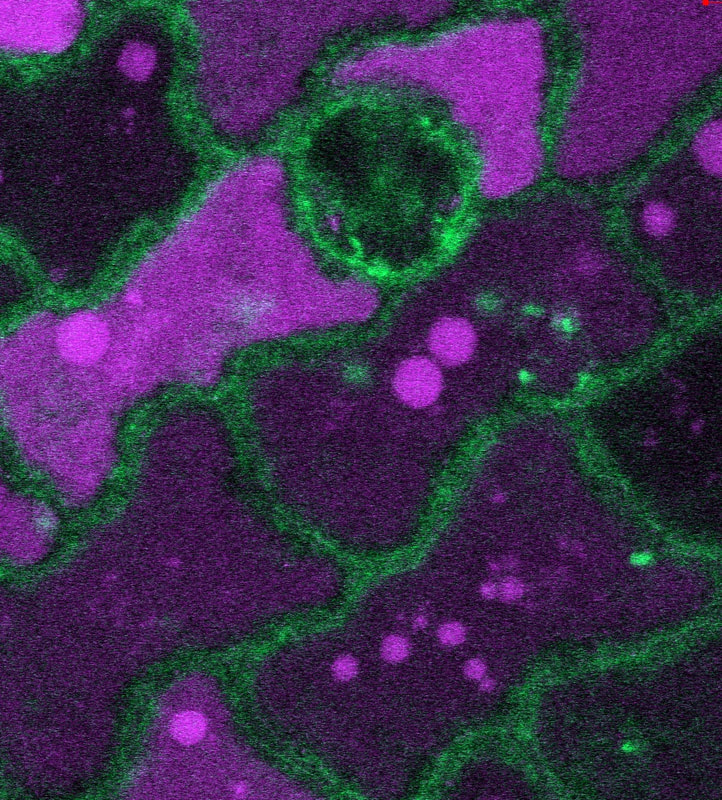Annual PCA Travel Award
The PCA Travel Award is designed to assist one to two Black, Latine, and/or Indigenous scientists to attend the 3rd Plant Cell Atlas Symposium in person on August 12-14, 2024 at Michigan State University in East Lansing, MI, USA.
Previous Awardees
See below for eligibility requirements
The award recipient(s) will receive:
Previous Awardees
- 2024: Virginia Lis Barrera (3rd PCA Symposium)
- 2023: Oluwatoyosi Adaramodu (GRC on Single-Cell Approaches in Plant Biology)
- 2022: Maketalena Aleamotu’a and Iman Yangaza (ASPBs Plant Biology 2022)
See below for eligibility requirements
The award recipient(s) will receive:
- Full funding for registration fees.
- Full funding for travel and accommodations.
- Administrative assistance in making arrangements for travel and accommodation (if needed).
- Introduction to PCA members and activities, before and during, the conference.
- Access to 1-2 mentors to provide assistance navigating the conference.
To Apply
Application Deadline: Applications the 2024 travel award are now closed
There is no fee to apply. Applicants are encouraged to also submit an abstract for a poster or talk at the 3rd PCA Symposium.
To apply you will need to provide:
There is no fee to apply. Applicants are encouraged to also submit an abstract for a poster or talk at the 3rd PCA Symposium.
To apply you will need to provide:
- First and Last Name
- Email address
- Organization
- Position Title
- Demographic Information
- A statement on how attending the 3rd Plant Cell Atlas Symposium will help your scientific career (500 word limit).







